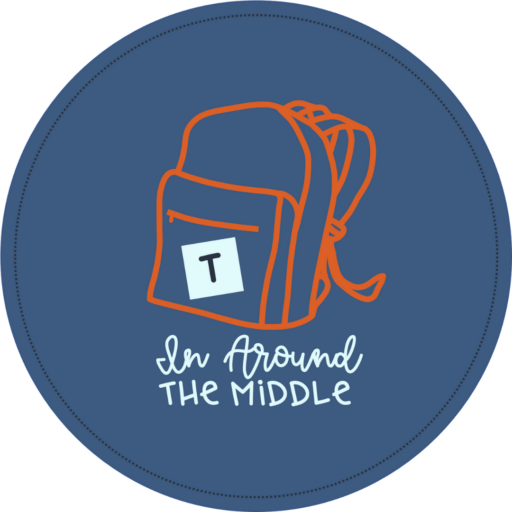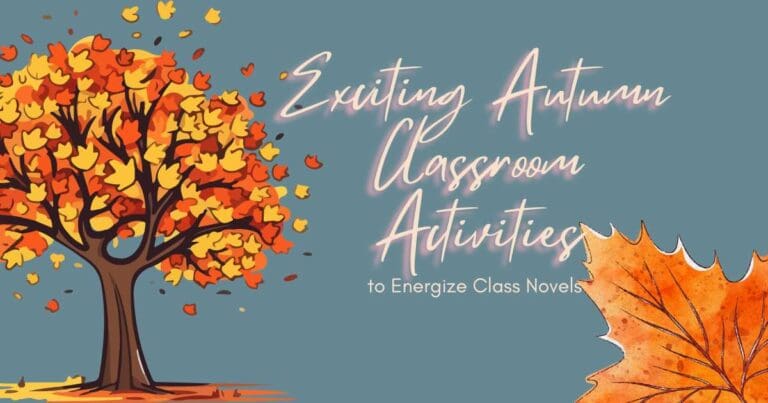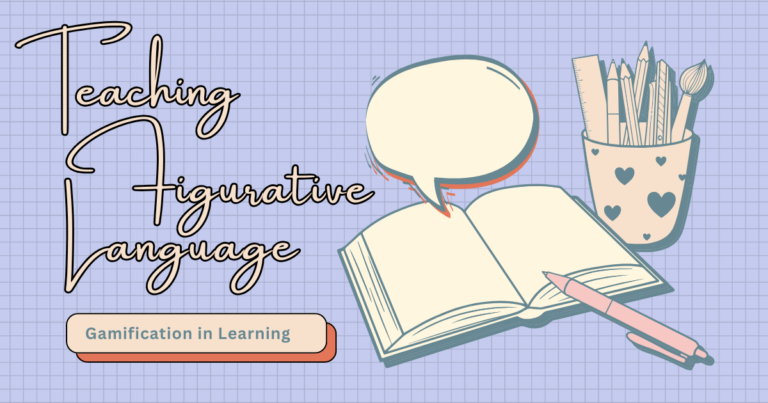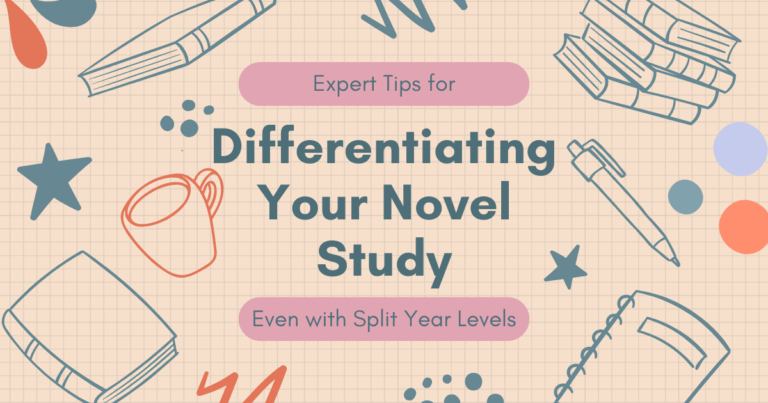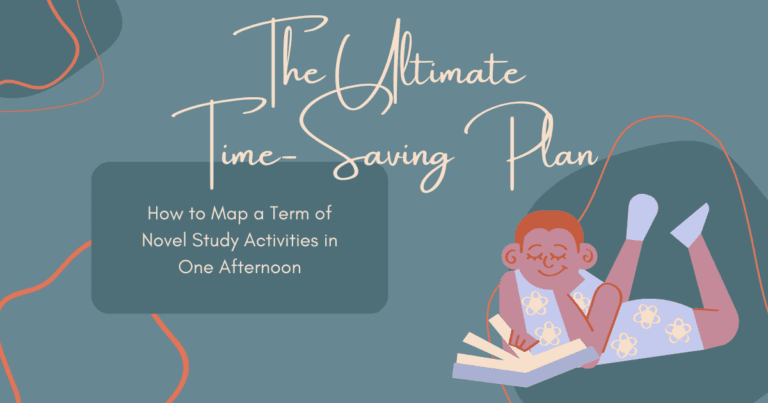Gratitude Journal Ideas That Unlock Reflection and Creativity
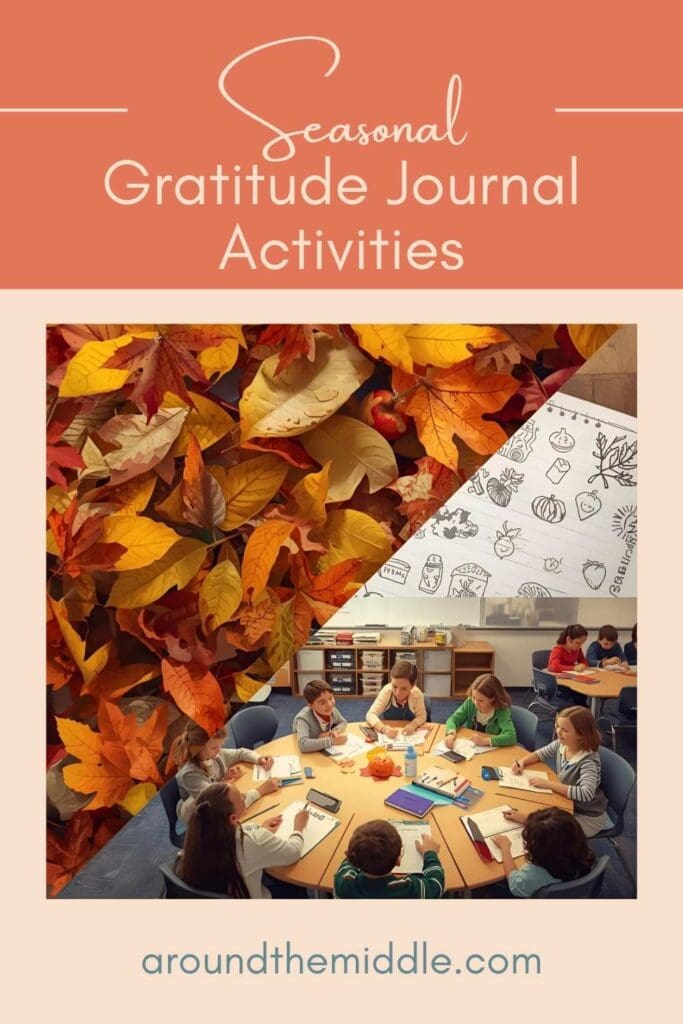
Gratitude journaling is more than just a mindfulness trend. For teachers, it’s a practical way to build reflection, positivity, and creativity into the classroom routine. Students gain confidence in their writing while also strengthening their social-emotional learning skills. Whether you’re looking for quick gratitude journal ideas to use daily or planning a full Gratitude Journal Mini-Workshop, this post will give you activities, prompts, and tools that you can take straight into your classroom.

Why Gratitude Journaling Works in the Classroom
The practice of gratitude journaling helps students:
- Recognize positive aspects of their lives, big and small.
- Develop resilience by focusing on what they do have, rather than what they don’t.
- Strengthen reflective writing skills in a low-stress, authentic way.
Teachers often assume journaling needs to be lengthy or formal, but the opposite is true. The most effective gratitude journal workshops use short, structured activities that are flexible and creative. This is where a Gratitude Journal Mini-Workshop shines: it fits into a single class period while still giving students a meaningful takeaway.
Gratitude Journal Ideas That Spark Creativity

Here are some tried-and-true activities that can be used individually, in daily routines, or bundled together for a workshop. Each one includes directions so you can run them without extra prep.
1. Daily “Three Things” List
Have students list three things they are grateful for at the start or end of class. Encourage variety by challenging them to avoid repeating items. This quick write fosters consistency and shows how small moments add up over time.
2. The Gratitude Alphabet
Students write one word or phrase of gratitude for each letter of the alphabet (A = Apples, B = Basketball, C = Caring friends). For younger or reluctant writers, this can be a group brainstorm. For older students, it can be expanded into full sentences or a poem.
3. Gratitude Journal Ideas Through Doodles
Not every student processes gratitude in words. Provide space for sketching instead of writing. For example, “Draw something you’re grateful for today.” This can later serve as a jumping-off point for a writing extension.
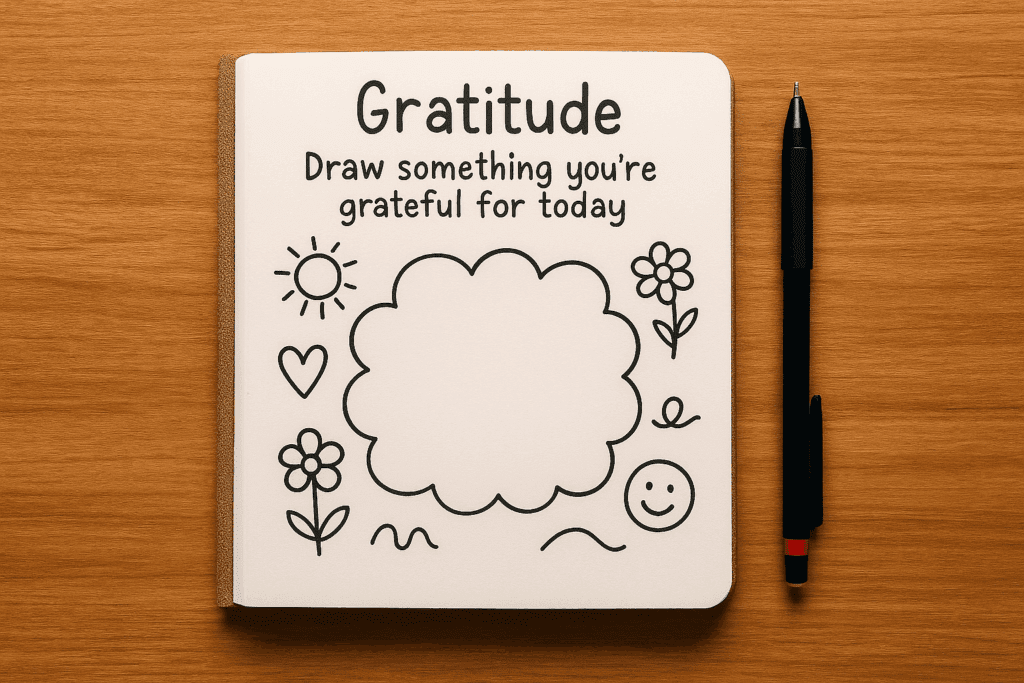
4. Group Gratitude Wall
Give each student a sticky note to write or illustrate something they’re thankful for. Post them on a classroom wall or bulletin board. Over time, this becomes a visual reminder of positivity and community.
5. Gratitude Jar Reflections
Students write one gratitude note a week (or day) and place it in a class “Gratitude Jar.” At the end of the month or term, pull out and read a few aloud.
6. Gratitude Through Quotes
Provide a quote about gratitude (e.g., “Gratitude turns what we have into enough.”). Students respond in their journals: Do they agree? How does it connect to their own life?
7. Past, Present, Future Gratitude Journal Ideas
Students list something they’re grateful for in each timeframe:
- Past: a memory or event that shaped them.
- Present: something they enjoy today.
- Future: something they’re looking forward to.
8. Gratitude in Nature Walk
Take students outside (or have them imagine it). Ask them to list 3–5 things in nature they’re grateful for, using sensory details.
9. Gratitude Playlist
Students list songs that make them feel thankful, happy, or calm. They can also explain why each song belongs on their personal gratitude soundtrack.
Each of these ideas can stand alone or be combined to form the backbone of your Gratitude Journal Mini-Workshop.
Using Figurative Language in Gratitude Journals
One way to elevate gratitude journaling is by encouraging students to play with figurative language. Rather than writing “I’m thankful for my dog,” they can turn it into a metaphor, simile, or personification. This deepens reflection while reinforcing writing craft.
Here are some figurative language sentence starters you can use immediately:
- Gratitude is like… (simile)
- My gratitude is a… (metaphor)
- Today my gratitude dances like… (personification + simile)
- I’m thankful for ___ because it makes me feel ___. (guided extension)
Example:
Instead of “I’m thankful for my dog,” a student might write “My gratitude is a loyal shadow that wags its tail every time I walk in the door.”
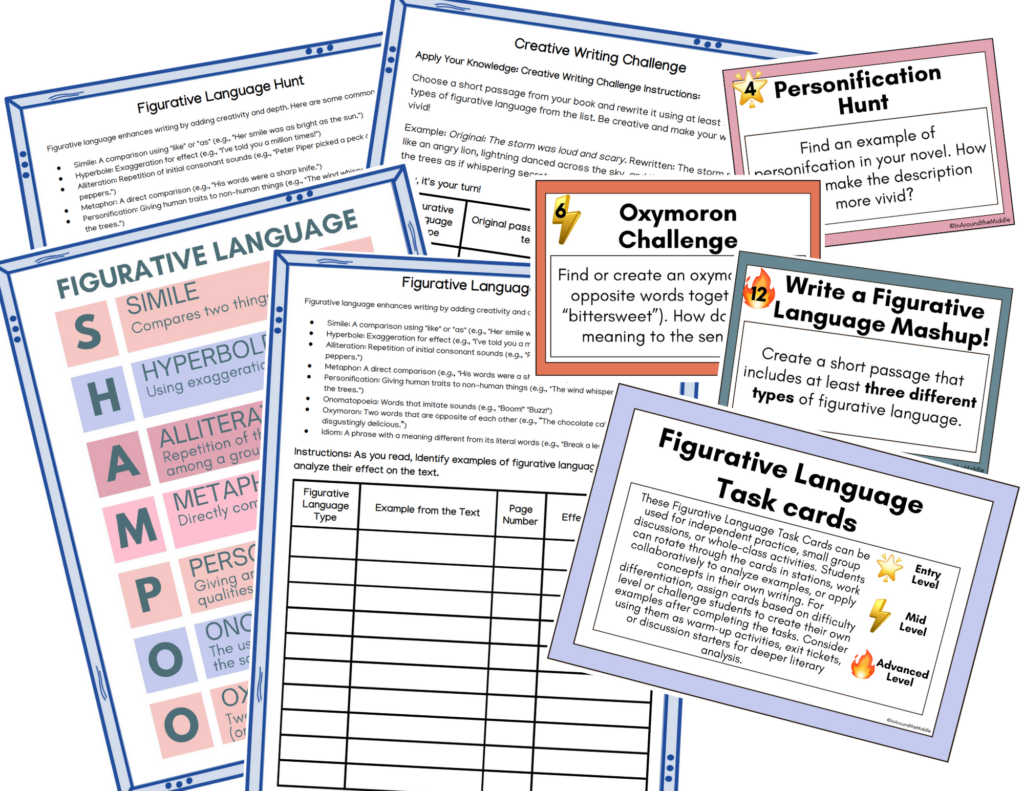
This approach blends SEL and ELA beautifully: students are reflecting, but also learning how to layer depth into their writing. If you’re looking to tie-in your class novel as well, grab my figurative language freebie that works with any novel and check out my blog post on autumn figurative language activity ideas.
How to Run a Gratitude Journal Mini-Workshop
Here’s a simple 30-minute structure you can try in your classroom:
- Warm-Up (5 minutes)
Quick “Three Things” list or doodle activity to get students thinking. - Journaling Prompt (5 minutes)
Introduce one of the gratitude journal ideas above, such as the alphabet challenge or group wall. - Figurative Language Focus (10 minutes)
Provide sentence starters and examples. Have students reframe one of their earlier journal entries using figurative language. - Sharing and Reflection (10 minutes)
Invite volunteers to share. Discuss how figurative language changes the way gratitude is expressed.
By the end of this mini-workshop, students not only have a stronger sense of gratitude but also a stronger grasp of creative writing.
Extend Your Gratitude Journal Ideas with Digital and Seasonal Resources
If you’d like to save prep time and make journaling more engaging, you can integrate ready-to-use digital resources:
- Free Digital Notebooks → Perfect for starting a classroom gratitude journaling routine without printing.
- Digital Writer’s Notebook → A structured space for figurative language practice, reflection prompts, and creative writing exercises.
- Seasonal Figurative Language Scavenger Hunts → After journaling, use these hunts to keep students applying figurative language in a fun, interactive way.
These resources connect seamlessly to a Gratitude Journal Mini-Workshop, making it easy to move from journaling to deeper creative writing practice.
Final Thoughts on Gratitude Journaling in the Classroom
Gratitude journaling is more than a reflective habit — it’s a pathway into mindfulness, SEL, and expressive writing. With simple gratitude journal ideas, figurative language prompts, and a flexible Gratitude Journal Mini-Workshop structure, you can give your students a positive and practical tool they’ll carry beyond the classroom.
👉 Ready to try it? Start with my free digital notebook today from my TPT Store and see how a gratitude journal transforms your classroom writing routine.
Happy Teaching!
